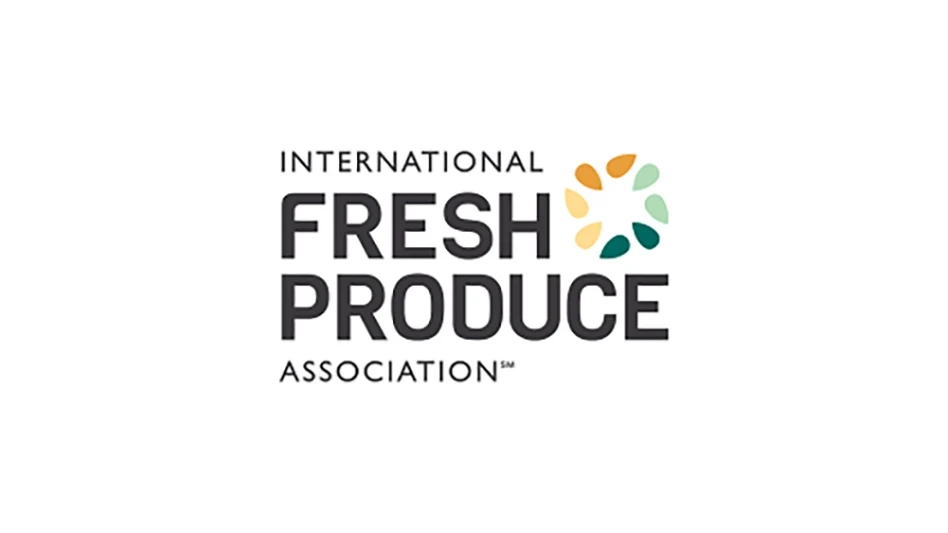
Why should growers be concerned about carbon neutrality?
Greenhouse growers should prioritize carbon neutrality due to environmental concerns, regulatory requirements, consumer preferences, climate change risks and potential economic benefits. By reducing operation carbon footprint using sustainable technologies and practices, growers can mitigate environmental impacts, comply with regulations, appeal to eco-conscious consumers, build resilience to climate change and potentially achieve cost savings through energy efficiency and renewable energy adoption.
How can the greenhouse you choose for your operation affect carbon neutrality?
The choice of greenhouse design and materials can significantly impact carbon neutrality. Opting for energy-efficient structures, such as those with high insulation or advanced glazing technologies, reduces energy consumption for heating and cooling.
Additionally, selecting greenhouse technology focused on energy efficiency is crucial for achieving carbon neutrality. This choice significantly reduces greenhouse gas emissions associated with energy use, aiding greenhouse operations in their efforts toward carbon neutrality.
What factors impact a greenhouse’s carbon footprint?
Several factors influence a commercial greenhouse’s carbon footprint, including energy sources, heating and cooling systems, transportation of materials and products, fertilizer use, waste management practices and the type of crops grown. The greenhouse’s design, insulation and orientation also play a significant role in energy efficiency and subsequent emissions. Additionally, the use of renewable energy sources, adoption of energy-efficient technologies like thermo-pump and implementation of sustainable practices can help mitigate the greenhouse’s carbon footprint.
How can Vermax improve a grower’s carbon neutrality? How does the design and construction process work?
Vermax enhances a grower’s carbon neutrality by conducting a comprehensive analysis of factors such as location, energy sources and technology accessibility to design optimal solutions. Our experts integrate the most efficient technologies into turnkey solutions, managed by Vermax and its partners, ensuring seamless implementation and operation.
What type of glass is used in the Vermax greenhouses, and what are the advantages of that type of glass?
Tempered glass with high light transmission of 96% and 60% diffusion significantly reduces energy input for greenhouse operations. This is because the high level of light transmission brings more energy to the plant and radiation to heat the greenhouse.

Explore the May 2024 Issue
Check out more from this issue and find your next story to read.
Latest from Produce Grower
- Your comprehensive guide to Indoor Ag-Con ’25
- Mind matters
- John Bonner focuses on purposeful progress as founder of Great Lakes Growers
- The Growth Industry Episode 1: State of the Horticulture Industry
- FDA to Hold Webinar on Updated ‘Healthy’ Claim
- VIDEO: Growing media for strawberries grown under different production systems
- Eden Green Technology CEO Eddy Badrina reflects on challenges, opportunities for CEA
- Why CEA businesses should track carbon KPIs





